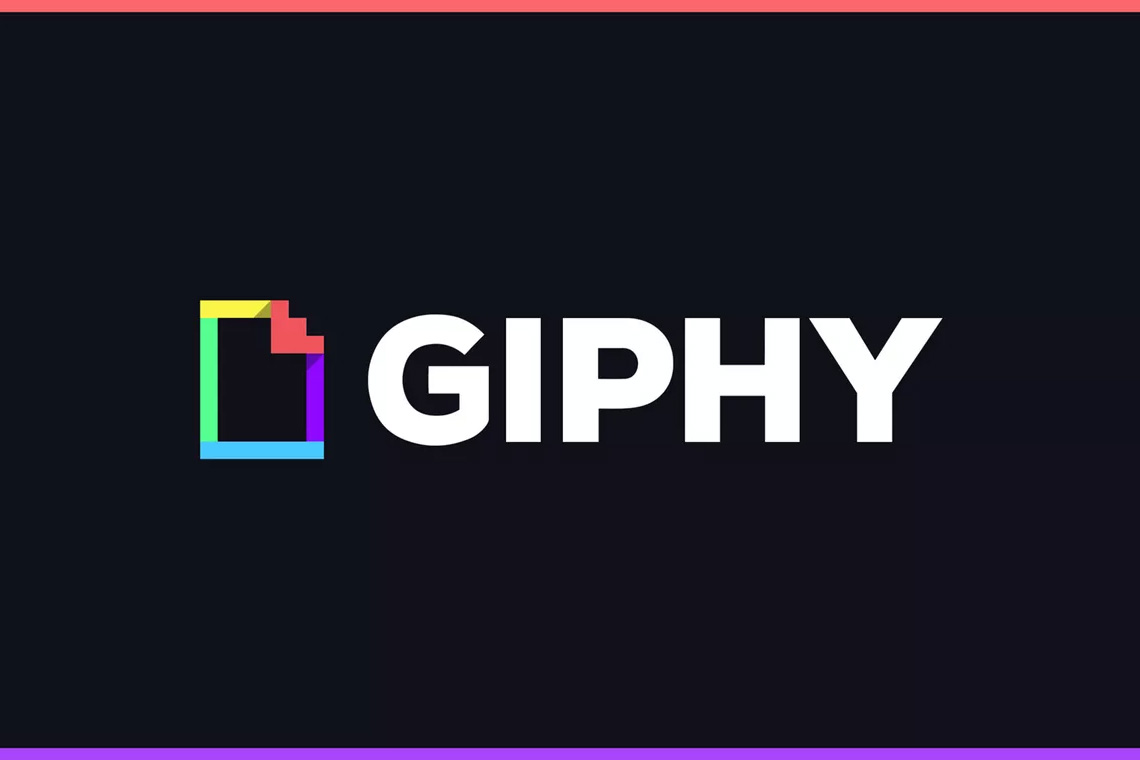-
My cart's content
-
Billing address
-
Shipping address
-
Payment method
-
Confirm order

I’m the Digital Marketing Manager for a healthy dog food company and we’ve got a help centre full of articles that are designed to help users whose dogs have these ailments but also bring in highly relevant traffic to the website that have a good chance of converting through remarketing efforts.
The big test we’re carrying out here is whether they’re better in the content hub strategy or as individual standalone articles.
These articles start off in the typical content hub strategy layout. We typically have four different articles that are all categorised into one hub page around a specific topic. For example, if we are targeting the ‘tear stains in dogs’ keyword we would have an article for what are tear stains, causes of tear stains, symptoms of tear stains and tear stain treatment which are all part of the tear stains in dogs hub.
This strategy was in place for a good 11 or so months and never really built much traction. During these 11 months we had redesigned our website to a headless Shopify build using JAMstack which allowed us to really improve our site speed and address some snagging points in our SEO. But this site redesign didn’t seem to have an impact on these rankings. This group of help centre keywords were sitting at the 3rd page and below of Google not being seen by a soul.
We wanted to shake things up a bit and test a new on-page content strategy, so we started to research. First off starting with the Online Geniuses slack group which provided some great advice and got the ball rolling. Which then brought me on to some great research by John Shehata.
So what did we do? The first thing we did was merge the hub spokes back into one large article. This then required us to rethink our category pages. Our category pages were aimed towards hubs and the articles within these hubs. We removed the hub pages, replaced them with a link to the new merged page, then we created anchor links to h2s inside the articles from the main category page.
We made the changes on the 16th February and, although it’s still early days, we’ve seen some great improvements. The majority of the keywords we were targeting that were page 3 and below have now moved up to the bottom of page 1 and page 2.
Here’s our average position over time, you can see the small spike on February 17th then a gradual improvement over time.

I’ve picked out a few keywords at random so you can see the individual improvement over time here too.





